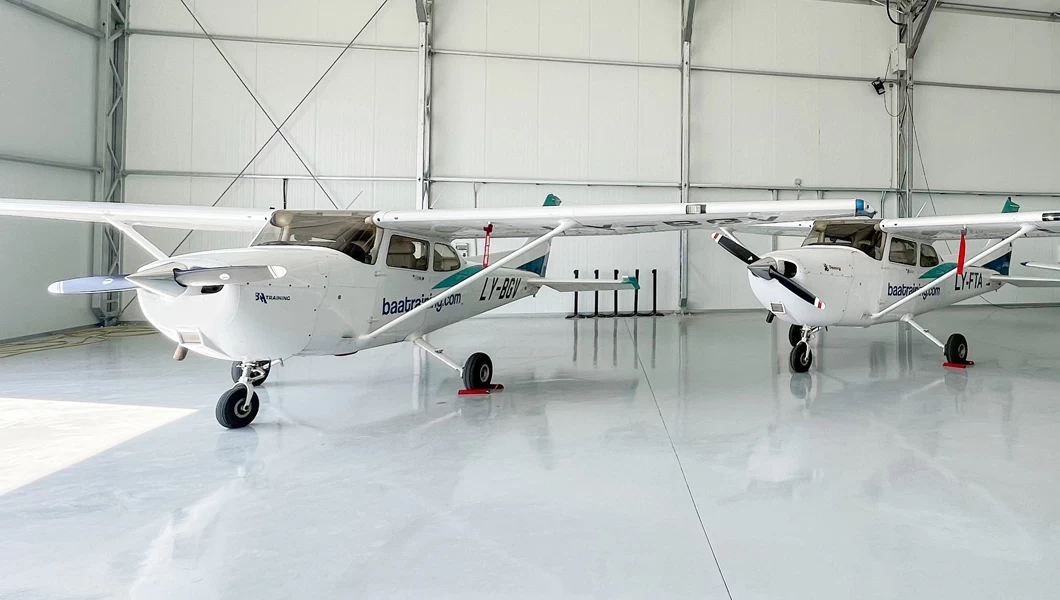Exploring Prop Planes: Features and Uses for Beginners
Propeller planes, often referred to as prop planes, have long been a pivotal part of aviation history, offering a distinct flying experience that jet engines cannot replicate. For beginners interested in aviation, understanding the intricacies of propeller aircraft can be both fascinating and educational. These planes are not only fundamental for learning the basics of flying but also serve various practical purposes around the world. This article delves into the essential aspects of propeller planes and explores their key features and uses.
Understanding Propeller Planes: A Beginner’s Guide

For those new to aviation, propeller planes represent an exciting starting point. They are typically characterized by their visible propeller mounted on the engine, which provides the thrust necessary for flight. Unlike jet engines that propel aircraft through exhaust gases, propeller-driven engines use the propeller to slice through the air, generating lift and forward motion. This basic distinction sets prop planes apart from their jet counterparts and makes them an ideal learning platform for aviation enthusiasts.
Propeller planes come in various sizes, from small single-engine models used for personal and recreational flying to larger twin-engine aircraft designed for regional travel. These aircraft are known for their versatility and dependability, making them a staple in many flight training schools globally. Their relatively simple mechanical systems allow new pilots to focus on mastering the fundamentals of flying without the complexities associated with jet engine systems. Consequently, propeller planes are often the first aircraft type that aspiring pilots learn to operate.
Understanding the aerodynamics of propeller planes is crucial for beginners. The propeller’s rotation creates a difference in air pressure, which results in the lift needed to keep the aircraft airborne. Pilots must learn how to manage throttle settings, propeller pitch, and other factors that affect the plane’s performance. This hands-on learning experience helps budding pilots develop crucial skills, such as situational awareness, decision-making, and technical proficiency. All these elements contribute to a thorough understanding of aviation principles, making propeller planes an excellent educational tool.
Key Features and Uses of Propeller Aircraft

Propeller planes boast several unique features that distinguish them from jet-powered aircraft. Among these are their typically lower speeds and altitudes, which make them well-suited for short-haul and regional flights. This makes them an economical choice for airlines operating in areas with lower passenger demand or limited airport infrastructure. Additionally, prop planes usually have better fuel efficiency at lower speeds, offering cost savings for operators and reducing their environmental footprint.
Another key feature of propeller aircraft is their ability to operate from shorter runways. This capability is particularly advantageous in remote areas where airport facilities may not accommodate larger jet aircraft. As a result, prop planes are often used for cargo delivery, humanitarian missions, and bush flying in isolated regions. Their robust design and adaptability ensure they can handle varied and challenging conditions, from unpaved airstrips to adverse weather.
In the realm of personal and recreational aviation, propeller planes remain a popular choice due to their affordability and ease of maintenance. Many aviation enthusiasts prefer these aircraft for leisure flying, flight training, and aerobatic performances. Furthermore, they serve as critical tools for aerial surveying, agricultural tasks such as crop dusting, and even in law enforcement operations. The diversity in uses highlights the versatility and enduring relevance of propeller aircraft in both commercial and private aviation sectors.
For beginners embarking on a journey into aviation, propeller planes offer a foundational experience rich with learning opportunities. Their distinctive features and wide array of applications make them an invaluable part of the aviation industry. Whether for personal enjoyment, professional training, or specialized missions, propeller aircraft continue to play an essential role in connecting communities and advancing aviation technology. As new pilots take to the skies, the lessons learned from these aircraft will undoubtedly set the stage for a lifelong passion for flight.



